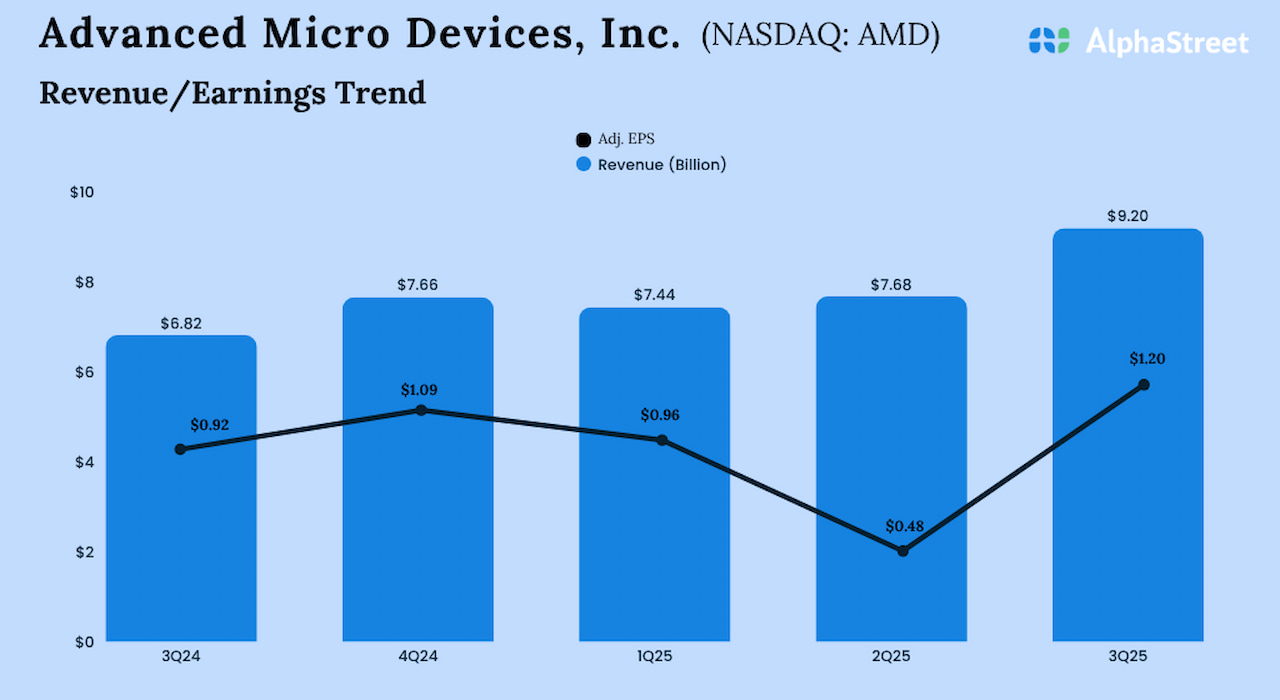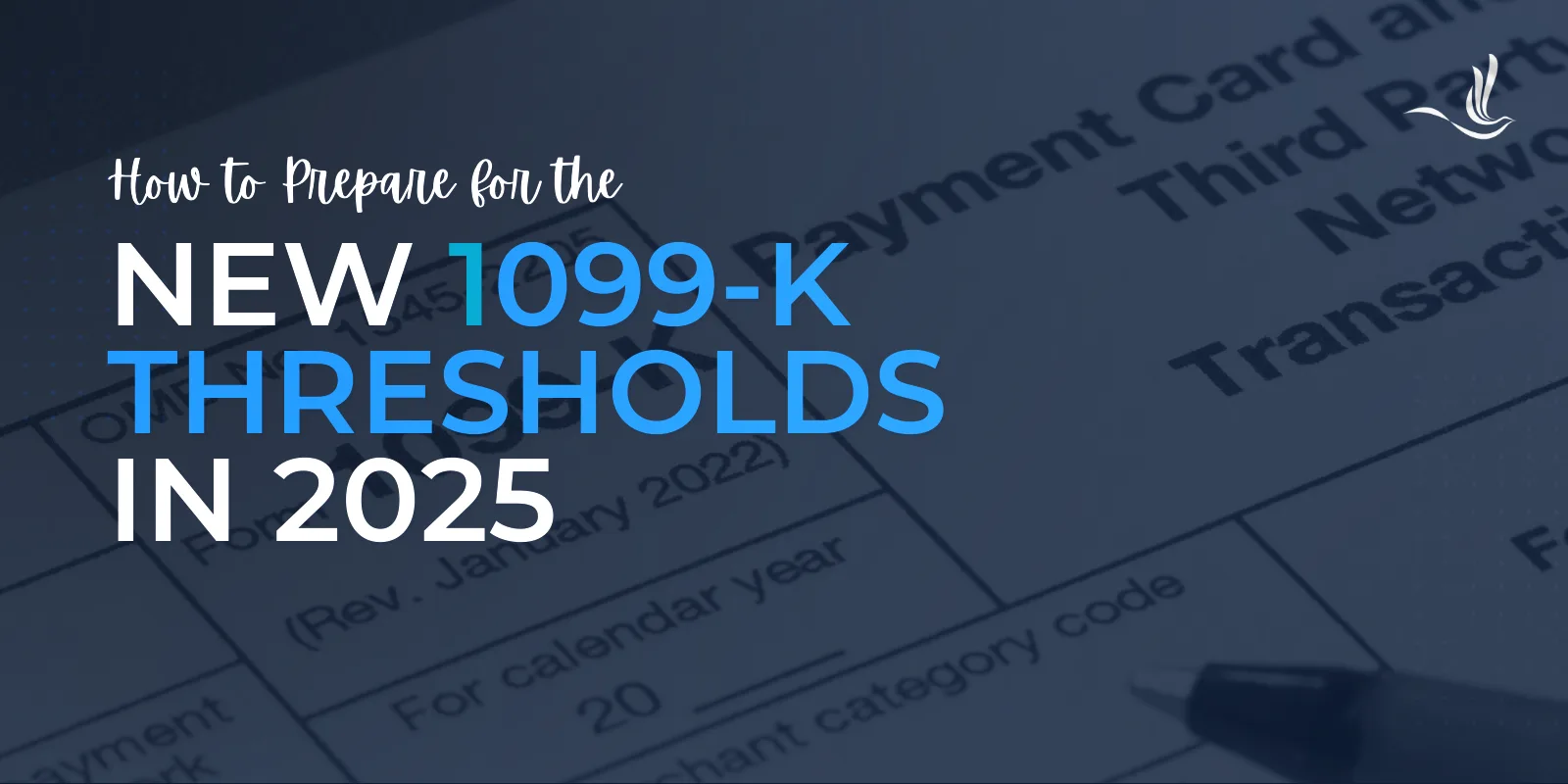In This Article
This article is presented by Rent To Retirement.
If you’ve been waiting for mortgage rates to magically fall, 2025 might test your patience. The smarter move isn’t hoping for cheaper money. It’s manufacturing a lower rate on the deal you’re buying today.
The overlooked trick? A rate buydown.
Used correctly, it can cut your payment, improve cash flow, and even help you qualify for more financing down the road.
Here’s the gist: A buydown lets you exchange an upfront cost for a lower interest rate. That reduction can be temporary in the early years, or permanent for the life of the loan.
The kicker: You don’t always have to fund it yourself. In the right market conditions, you can often redirect seller or builder concessions toward the buydown instead of just haggling over price.
This guide breaks down the main buydown structures, what they cost, and how to calculate your breakeven so you’re not guessing. We’ll also cover when a buydown makes sense, when it doesn’t, and the negotiation plays that actually get it paid for. By the end, you’ll know exactly how to turn a “meh” rate into a number that pencils, and how to position your next offer so your monthly payment drops without sacrificing long?term upside.
Rate Buydowns 101
A rate buydown is exactly what it sounds like. You pay money up front to “buy” a lower mortgage interest rate. That lower rate can be temporary for the first few years, or permanent for the life of the loan.
Who can fund the buydown
You, the borrower: Straightforward. Bring cash to close to secure the lower payment.
The seller: Instead of cutting the price, the seller gives a closing cost credit that is applied to the buydown. This can be attractive in slower markets.
The builder: On new construction, builders often offer sizable incentives. Directing those concessions toward a buydown can be more valuable than a simple price reduction, because it lowers your monthly carrying cost.
When a buydown makes sense
You want better cash flow in the early years while rents catch up.
You plan to refinance if rates drop, but want immediate breathing room.
You’re optimizing debt-to-income for future loan approvals.
Temporary Buydowns: 3-2-1, 2-1, 1-0
Temporary buydowns lower your effective rate for the first year or two (sometimes three), then the loan steps back up to the original note rate. They are popular with investors who want early cash flow relief while rents stabilize.
How each structure works
3-2-1 buydown: Year 1 is three percentage points below the note rate. Year 2 is 2 points below. Year 3 is 1 point below. Year 4 onward, you pay the note rate.
2-1 buydown: Year 1 is 2 points below. Year 2 is 1 point below. Year 3 onward, you pay the note rate.
1-0 buydown: Year 1 is 1 point below. Year 2 onward, you pay the note rate.
The lender funds the monthly payment “gap” from a subsidy account, typically created at closing. You, the seller, or the builder can fund that account through concessions or your own cash.
You might also like
Why investors use them
Immediate cash flow cushion: Lower payments in the early years while rents and operating efficiency improve.
Refi runway: If rates fall, you can refinance before the step-up years hit.
Risks and red flags
Payment shock: Your payment will rise as the buydown steps up. Underwrite deals at the full note rate. If it doesn’t cash flow at the full note rate, don’t buy it.
Concession limits: Loan programs cap how much sellers or builders can contribute. Verify caps for your property type and LTV.
Early payoff rules: Ask whether unused subsidy funds are applied to principal if you refinance or sell during the buydown period.
A good rule of thumb is that the temporary buydowns shine when you can secure seller concessions to fund them. If you have to pay entirely out of pocket, compare against a permanent buydown to see which wins on breakeven and long-term savings.
Permanent Buydowns
Permanent buydowns trade discount points at closing for a lower interest rate for the life of the loan. One point usually equals 1% of the loan amount as an upfront fee. In exchange, your lender reduces the note rate. The exact rate drop per point varies, so ask your lender for a point-and-price table.
Why permanent can beat temporary
Lasting payment reduction: Your lower rate does not step up after year 1 or 2.
Total interest saved: Because the rate stays lower for the full term, you typically save more interest if you hold the loan long enough.
DTI help: The lower payment is permanent, which can improve debt?to?income for future loans.
The break-even math
We’ll try not to overcomplicate things, but it’s beneficial for you to understand the math behind deciding whether a permanent buydown makes sense:
Loan amount = L
Points cost = L × percent paid
Monthly savings = P? – P?
Break-even months = (Points cost ÷ monthly savings)
If you’ll hold the loan longer than the breakeven, points can make sense. If you expect to refinance earlier, they may not.
The Cost Picture
Scenario A: No buydown
Loan amount: $300,000
Market rate quote: 6.875%
Principal and interest: ? $1,971/mo
Scenario B: Temporary 2?1 buydown, funded by concessions
Year 1 effective rate: 4.875% ? $1,587/mo
Year 2 effective rate: 5.875% ? $1,775/mo
Year 3+: Reverts to 6.875% ? $1,971/mo
First?year cash flow vs. no buydown: About $384/mo, or $4,608 for the year.
Scenario C: Permanent buydown with discount points
2 points = $6,000
Rate: 6.375% ? $1,872/mo
Monthly savings vs. par: ? $99
Breakeven: ~5 years
If you can secure seller or builder credits, a 2?1 buydown gives the largest short?term relief. If you’ll hold five+ years, permanent buydowns can win on total interest saved and predictable carrying costs.
How to Pull It Off
Step 1: Price the base deal
Collect three lender quotes for the exact same scenario.
Ask for a rate stack that shows cost or credit for each 0.125% move.
Step 2: Model both buydown paths
Request both temporary and permanent quotes.
Calculate monthly savings and breakeven for each.
Step 3: Identify who will fund it
Builders often provide credits you can direct to buydowns.
Sellers may agree to concessions in exchange for a smooth close.
Out?of?pocket: Weigh against reserves and returns.
Step 4: Negotiate
Put the credit amount and intended use in your offer.
On new builds, insert contract language letting you choose between temporary or permanent buydowns after lender pricing.
Step 5: Underwrite conservatively
Model cash flow at the full note rate. Treat lower payments as a bonus.
Hold reserves for principal, interest, taxes, and repairs.
Step 6: Lock and document
When you lock, capture the loan estimate, point table, and buydown addendum.
You can also combine strategies. Use concessions to fund a temporary buydown for immediate relief, and add a fractional point if the cost?to?savings ratio is strong.
Why New?Build Concessions Are a Shortcut
The best buydowns aren’t always funded from your pocket. They’re often baked into new construction deals, and that’s where smart investors can win in 2025.
Why builders love concessions
Builders want to keep sales prices high to protect comps, so they prefer giving closing cost credits instead of reducing sticker price. For you, those credits can be redirected into a rate buydown that lowers your monthly payment.
Where Rent To Retirement fits in
This is exactly the type of leverage Rent To Retirement helps investors capture. Their new?build inventory often comes with 5% down financing and builder concessions that make buydowns pencil. Clients are securing rates as low as 3.99% by pairing builder credits with smart buydown structures.
Even better, because these are new builds, you’re not inheriting deferred maintenance or capital expenditure surprises. You get turnkey rentals with warranties, immediate rentability, and financing terms built to maximize cash flow.
If you want to put this buydown playbook into action without guessing, start with new construction properties where the builder is already offering credits. Rent To Retirement is the shortcut to make that happen.
Don’t Wait for Rates to Drop
Waiting for mortgage rates to fall isn’t a strategy. Whether you lean on a temporary 2-1 buydown for immediate relief or pay points for a permanent cut, the math is clear: You can engineer better cash flow today and still refinance tomorrow if conditions improve.
Ready to see how low your rate can go? Schedule your free strategy session with Rent To Retirement and learn how to secure new-build rentals with the financing structure that maximizes your returns.
Disclaimer. This article is for educational purposes only and is not financial advice. Always consult your lender, CPA, or advisor to confirm which financing option is best for your situation.
























